Bed bugs are a nightmare for any household. These tiny, blood-sucking insects can invade your home without warning, hiding in mattresses, furniture, and even electrical outlets. Dealing with bed bugs is stressful, time-consuming, and, in some cases, expensive. While professional pest control services are often necessary for severe infestations, many household items can help reduce the population and prevent further spread. Here is a comprehensive guide to the top household items proven to help with bed bug control, along with tips for using them effectively.
1. Vacuum Cleaners
Vacuum cleaners are one of the most effective household tools for managing bed bugs. Regular vacuuming removes bed bugs, eggs, and shed skins from mattresses, carpets, baseboards, and furniture crevices. When vacuuming, focus on seams of mattresses, upholstered furniture, cracks in wooden floors, and around bed frames. Use a vacuum with a strong suction and a HEPA filter if possible, as this ensures that even the smallest eggs are captured. After vacuuming, immediately empty the vacuum bag or canister into a sealed plastic bag and dispose of it outside your home to prevent re-infestation.
2. Steamers
High-temperature steam is lethal to bed bugs at all life stages. A steam cleaner can penetrate deep into mattresses, furniture, and curtains, killing bugs on contact. It is important to maintain a temperature of at least 120°F (49°C) to ensure effectiveness. Steam cleaners are particularly useful for areas where chemical treatments might not be suitable, such as children’s bedding or delicate fabrics. Regular use of a steamer can significantly reduce bed bug populations and help prevent their spread throughout your home.
3. Laundry Detergent and Hot Water
Bed bugs are vulnerable to heat, making laundry an essential part of control. Washing infested clothing, bedding, and curtains in hot water (at least 60°C or 140°F) can kill both adult bed bugs and eggs. Follow up with a high-heat dryer cycle for at least 30 minutes to ensure complete eradication. Laundry detergent can also help dislodge eggs and bugs from fabrics during washing. Creating a routine of washing bed linens and frequently used clothing can prevent minor infestations from becoming severe.
4. Mattress Encasements
Mattress encasements are protective covers designed to trap bed bugs inside and prevent new ones from entering. Once encased, any bed bugs already in the mattress eventually die due to starvation. Encasements also make it easier to spot and remove bugs from the surface. Look for high-quality, zippered encasements that are specifically labeled for bed bug protection. Using mattress encasements on both mattresses and box springs can be a critical step in controlling an infestation.
5. Diatomaceous Earth
Diatomaceous earth is a naturally occurring, abrasive powder that damages the protective exoskeleton of bed bugs, causing them to dehydrate and die. It is safe for humans and pets if applied correctly. Sprinkle a thin layer along baseboards, under furniture, and in cracks and crevices where bed bugs hide. It is important to avoid excessive dusting and to reapply after vacuuming or cleaning. This method works best as part of a broader bed bug control strategy rather than as a standalone solution.
6. Alcohol Sprays
Isopropyl alcohol is another household item that can be used to kill bed bugs on contact. Fill a spray bottle with 70% isopropyl alcohol and target areas such as mattress seams, furniture joints, and bed frames. Be careful, as alcohol is flammable, and avoid spraying near open flames or electrical outlets. While alcohol sprays are effective for immediate removal, they do not provide residual protection, so repeated application may be necessary.
7. Double-Sided Tape and Traps
Traps and sticky tapes can help monitor and reduce bed bug movement. Placing double-sided tape around bed legs or under furniture can trap bed bugs as they attempt to move around the room. Similarly, commercially available bed bug interceptors placed under bed posts are highly effective for monitoring infestations and preventing bed bugs from climbing onto the bed. These methods are especially useful for early detection and containment.
8. Essential Oils
Some essential oils, such as tea tree, lavender, and eucalyptus oil, have been reported to repel bed bugs. While not a guaranteed solution for large infestations, these oils can provide a natural, supplementary method of deterrence. Mix a few drops of essential oil with water in a spray bottle and apply to bed frames, mattresses, and furniture edges. Avoid overusing oils, as strong concentrations may cause skin irritation or damage to fabrics.
9. Freezing Items
Extreme cold is as effective as heat when it comes to killing bed bugs. Items that cannot be washed or steamed, such as delicate clothing, stuffed toys, or electronics, can be placed in a freezer at 0°F (-18°C) for at least four days. Ensure the items are sealed in plastic bags to avoid moisture damage. Freezing is a simple and chemical-free way to target bed bugs in isolated items that are difficult to treat otherwise.
10. Thermal Bed Bug Treatment
One of the most effective household methods for eradicating bed bugs involves the use of heat. thermal bed bug treatment works by raising the temperature of infested areas to levels that are lethal to bed bugs and their eggs, typically around 120–140°F (49–60°C). While this method often requires professional equipment, smaller-scale thermal treatments can be achieved using portable heating devices or steamers for specific items. Thermal treatment is highly effective because bed bugs cannot survive prolonged exposure to high temperatures, and it can reach deep hiding places that other methods may miss. Integrating thermal bed bug treatment into your control plan alongside vacuuming and encasements can dramatically reduce the infestation.
11. Bed Bug-Proof Storage
Cluttered areas provide bed bugs with hiding spots and make treatment more difficult. Using sealed plastic bins for storing clothing, linens, and other household items can prevent bed bugs from spreading. Label the containers and avoid leaving items on the floor, as this reduces the chance of bed bugs accessing them. Regularly inspecting and cleaning storage areas further ensures that your home remains bed bug-free.
12. Regular Inspection and Monitoring
The most effective bed bug control strategy combines multiple household items with routine inspection. Check common hiding spots such as bed seams, behind baseboards, under furniture, and in cracks regularly. Early detection is key to preventing large infestations. Combining inspection with vacuuming, laundering, thermal bed bug treatment, and protective encasements ensures that any bed bugs that appear are quickly identified and managed.
Conclusion
Controlling bed bugs is challenging but not impossible. Many household items, including vacuum cleaners, steamers, mattress encasements, diatomaceous earth, alcohol sprays, and essential oils, can help reduce bed bug populations and prevent future infestations. Among these, thermal bed bug treatment stands out as a highly effective method, especially when combined with other control strategies. By integrating these household items into a consistent and vigilant pest management routine, homeowners can significantly reduce the impact of bed bugs and enjoy a safer, more comfortable living environment.

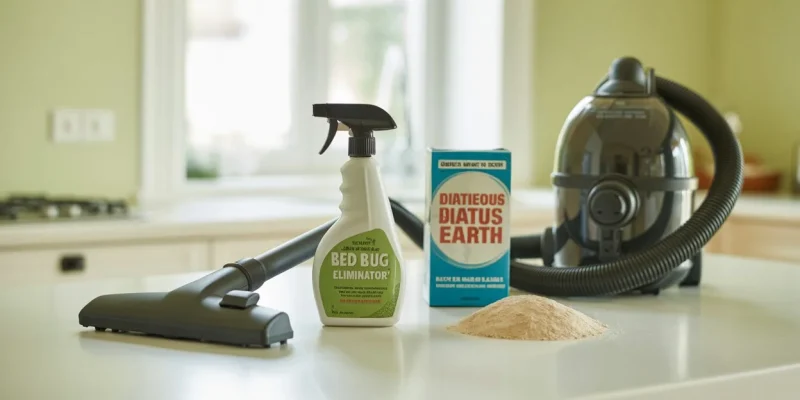




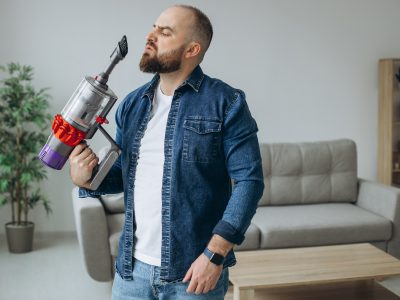
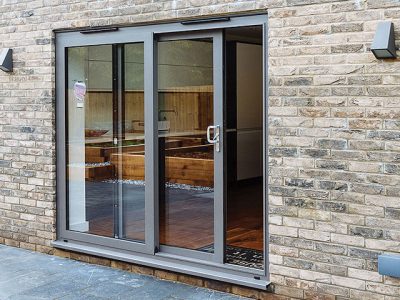
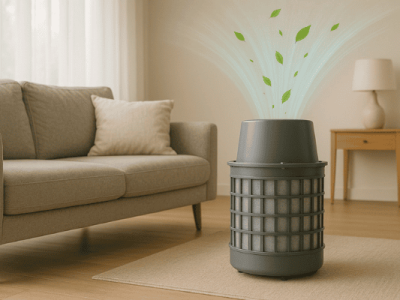
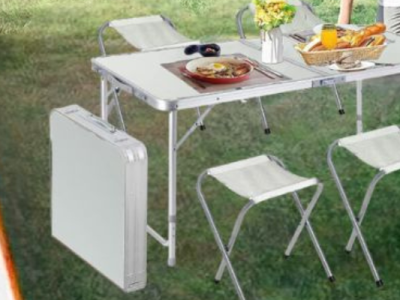
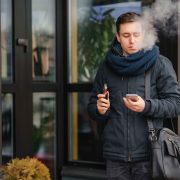



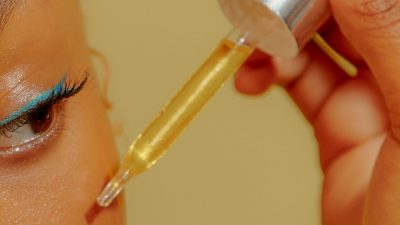



Comments